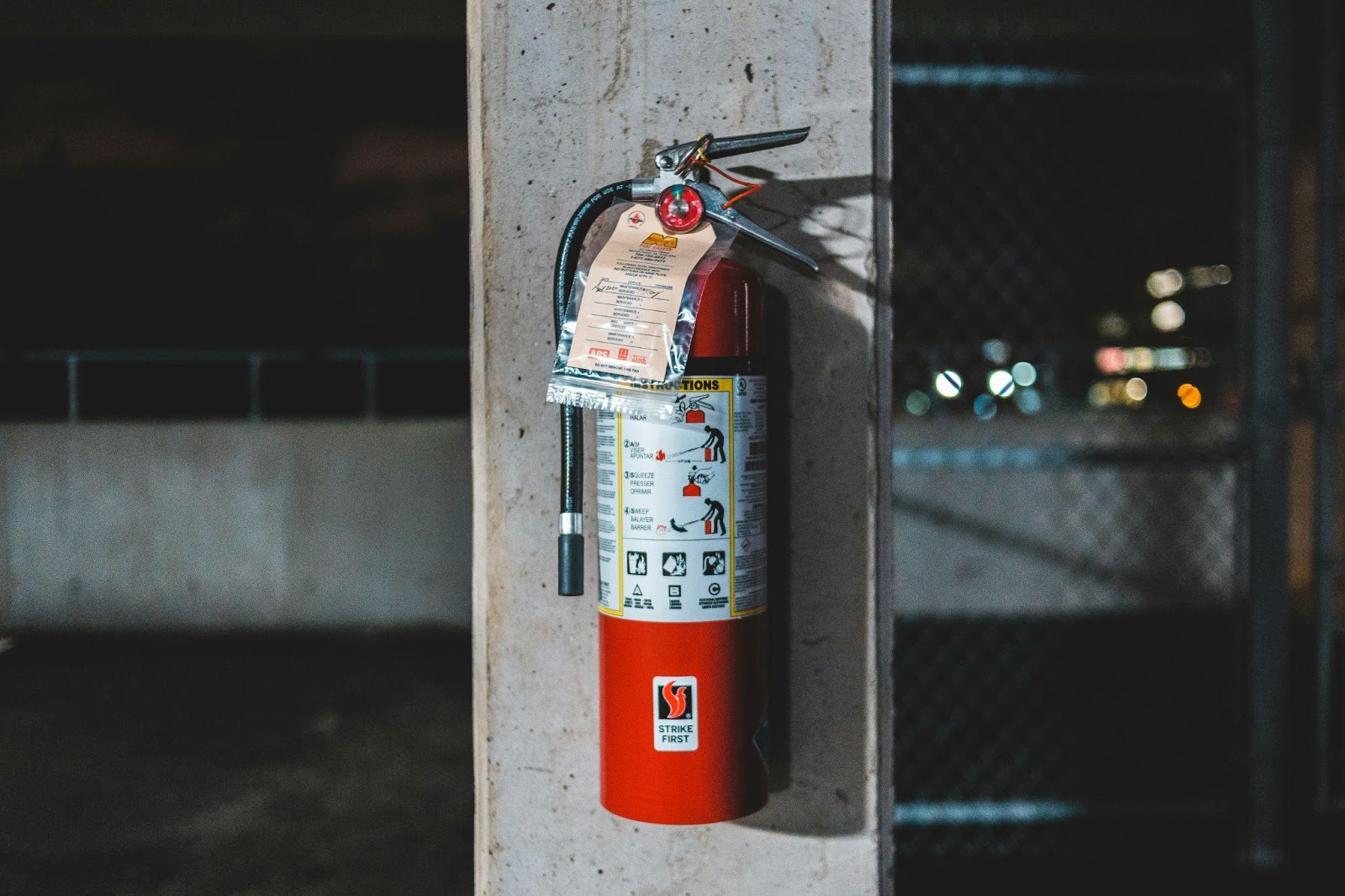In the eight years since the Grenfell Tower fire tragically claimed 72 lives, the UK has made strides in legislative reform. New standards, new regulators, and a new national consciousness have emerged around fire safety. Yet within commercial and industrial workplaces, a quieter, persistent failure still lingers – one hidden in plain sight.
The humble fire safety sign, once thought of as a tick-box compliance item, is fast becoming a focal point in the post-Grenfell reckoning. Experts warn that the difference between order and chaos during a fire could hinge not on alarms or extinguishers, but on whether a person can quickly recognise and follow a sign. And across the UK, far too many signs are falling short.
Outdated Signs, Delayed Escapes
Workplace audits and recent safety trials conducted by Seton, a leading UK provider of health and safety signage, paint a troubling picture. In internal tests conducted across five business sites, more than 40% of fire exit signs were found to be non-compliant with ISO 7010, the international standard governing safety symbols, colours, and design.
Some signs used outdated symbols. Others were partially obstructed by furniture or renovations. A few, alarmingly, pointed in the wrong direction due to outdated floor plans. In high-pressure environments where every second counts, these flaws can delay evacuation and cost lives.
“Many organisations believe they’re compliant because signs are present,” says Paul Kurton, Seton’s Signs Product Manager. “But if those signs are damaged, poorly placed, or not visible in an emergency, they may not serve their purpose at all.”
Six Minutes or Less
Recent fire evacuation research has found that it takes an average of six minutes to evacuate a mid-size office, assuming workers are familiar with the layout and signage is clear. In unfamiliar or low-light environments, however, evacuation times increase significantly.
Photoluminescent signs, those that glow in the dark, have been shown to significantly reduce confusion and disorientation during such emergencies. According to Seton’s safety trials, photoluminescent signage reduced evacuation times by 24% compared with traditional signs.
“In a crisis, electricity may fail,” Kurton warns. “If your signs rely on lighting to be seen, they fail too.”
Despite this, photoluminescent signage remains underused. There is no UK-wide mandate requiring their installation across all sectors. As a result, implementation often depends on an employer’s discretion and budget, leaving a patchwork of risk across industries.
The Grenfell Legacy—and What It Missed
The Grenfell Inquiry’s 46 recommendations, many of which centred on communication and evacuation procedures, sparked legislative momentum. In March 2024, the UK Government formally responded to Phases 1 and 2 of the Inquiry, pledging stronger enforcement and reforms, including the creation of the Building Safety Regulator.
Yet, fire safety experts argue that regulations alone cannot guarantee outcomes.
“The law doesn’t stand next to your employees in the hallway when the alarm sounds,” Kurton notes. “The reality is that the difference between an orderly evacuation and chaos can come down to one missing sign, one obscured exit, one flickering emergency light.”
Even under current laws, such as the Regulatory Reform (Fire Safety) Order 2005, fire exit signage is required to be “visible, durable and legible.” But these terms remain open to interpretation. And without a robust enforcement mechanism, many businesses settle for the minimum.
From Compliance to Culture
A deeper issue lies in how fire safety signage is perceived: as a fixed asset rather than a living, adaptable part of the safety infrastructure. Modern workplaces are fluid, open-plan, hybrid, multi-storey, and signage must evolve alongside them.
One overlooked yet impactful tactic is conducting regular signage audits. Businesses are now encouraged to ask:
- Are all exit signs clearly visible from multiple angles?
- Are arrows logical and consistent?
- Are glow-in-the-dark signs installed in stairwells or windowless rooms?
- Are signs positioned at eye level and in line with foot traffic?
These are not aesthetic considerations—they are life-saving measures.
Kurton adds: “Fire safety isn’t static. If you’ve changed your layout, added new partitions, or updated your exits, your signage must follow suit.”
Spot the Danger—Before It’s Too Late
Some companies are starting to take a more proactive approach. Awareness campaigns, like “spot the non-compliant sign” quizzes and evacuation drills in blackout conditions, are becoming tools to educate staff. These efforts are no longer treated as optional. They are becoming standard practice for companies serious about preparedness.
Yet most businesses are still behind the curve. Many rely on signage that hasn’t been updated in years—if ever.
“Even a simple walkthrough can reveal missing or misleading signs that may not have been noticed in years,” says Kurton. “If signage can’t be seen, can’t be understood, or can’t guide you out in an emergency, it’s not doing its job. That’s a risk we can and should fix.”
Readiness is a Responsibility
With over 22,000 fires reported in non-residential buildings in the UK in 2023 alone, the risk isn’t abstract—it’s imminent. While some employers wait for official mandates, others are taking the initiative to exceed standards, reassess layouts, and retrain their staff.
Because the next emergency isn’t a question of “if.” And when it comes, workers won’t reach for a policy manual—they’ll look for the nearest exit.
Whether or not they find it, says Kurton, depends entirely on whether we’ve chosen to do more.
Photo Courtesy of: Unsplash





























